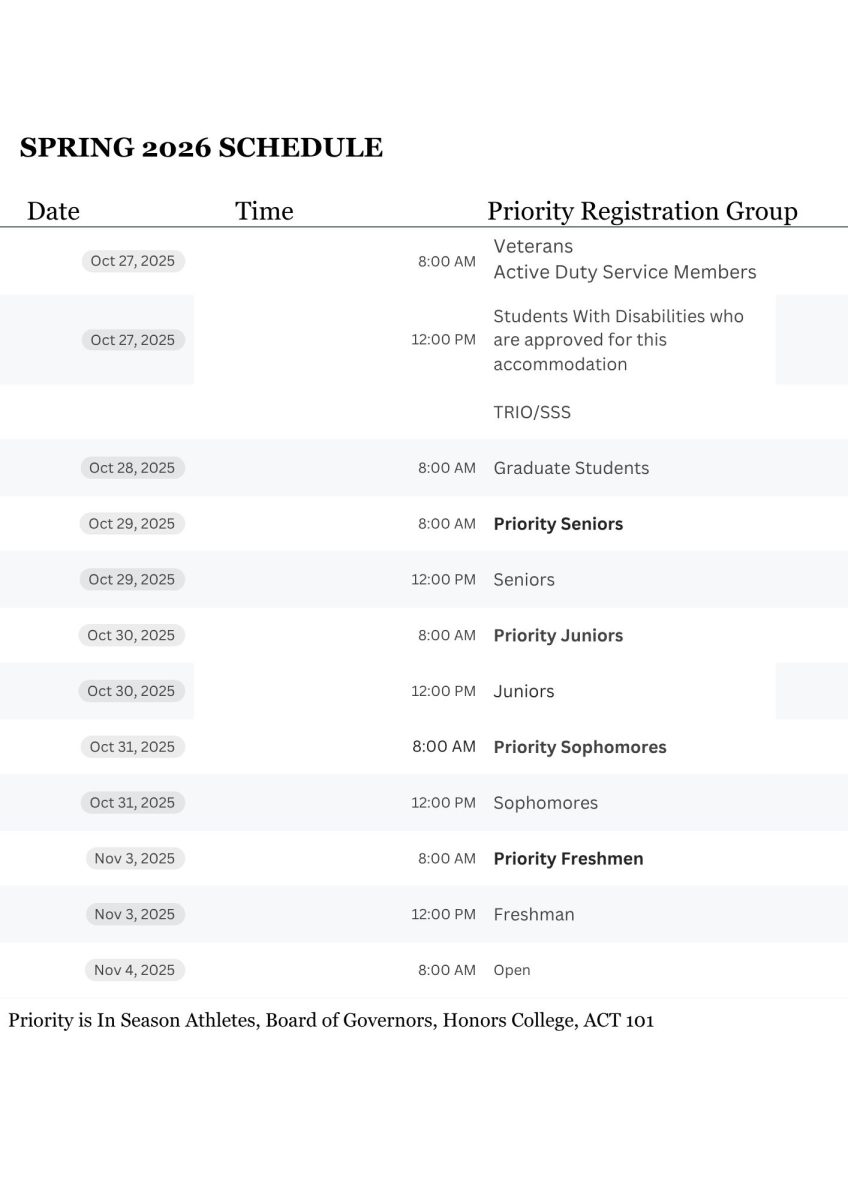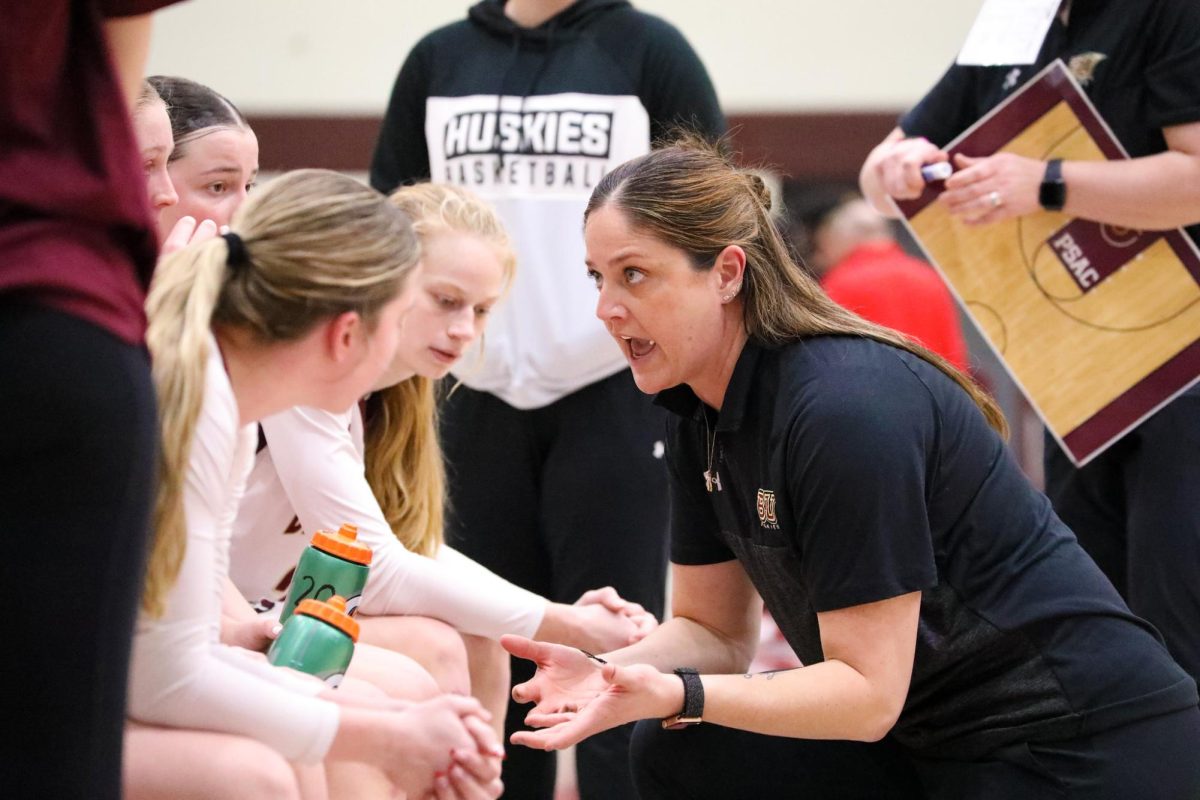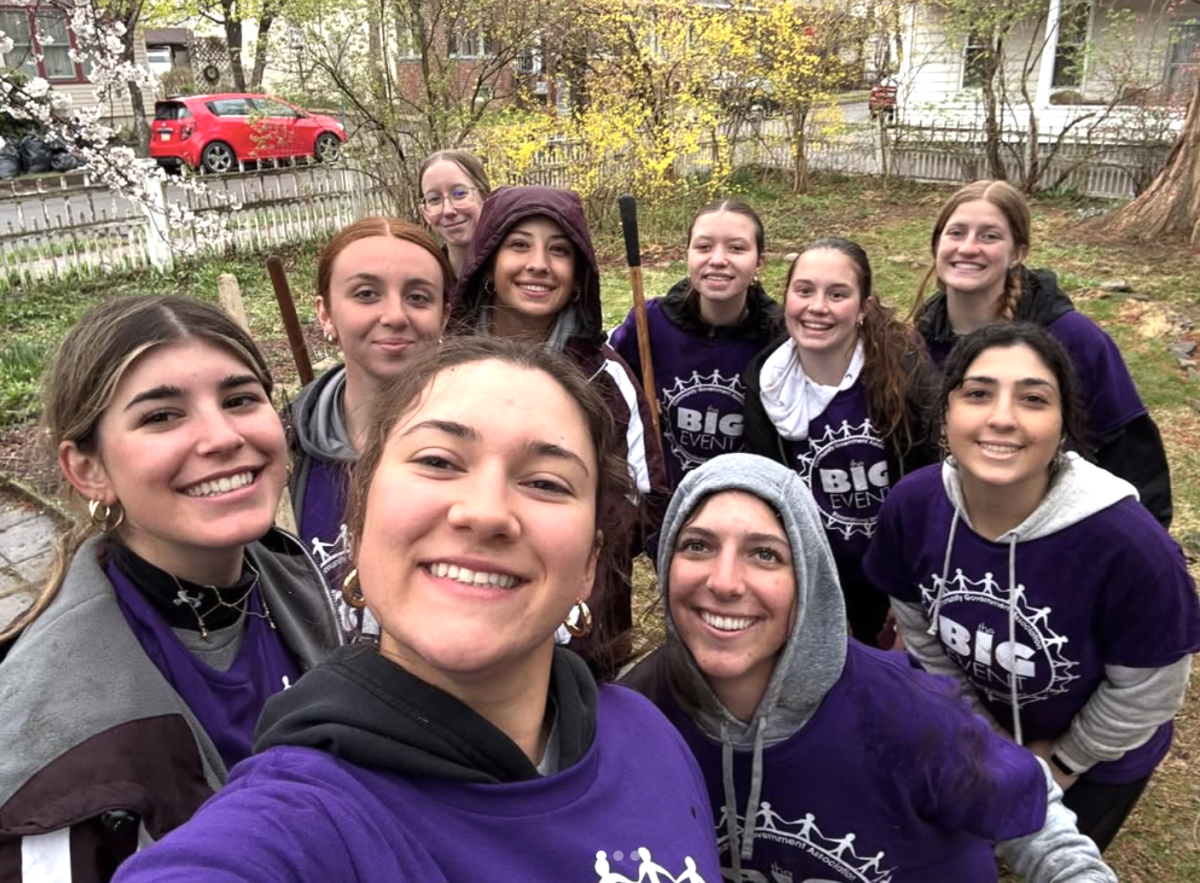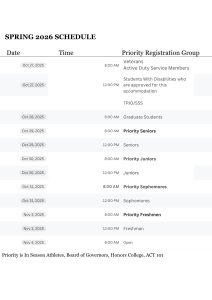‘Buffer’ your social media skills
Why you should tweet at 9 a.m. on a Wednesday
October 10, 2019
Social media has become a large part of our generation and culture. According to WP Engine, the average hours spent per day on mobile devices have shown an increasing trend from generation to generation.
The majority of college students make up Generation Z, which includes individuals born between mid-1990’s to late 2000’s. On average, we will spend six or more hours per day on our mobile devices. At minimum, three of those six hours are used specifically on various social media sites.
Because of this increasing trend in social media usage, it has changed the way companies market to their consumers. For example, according to WP Engine, 73% of Generation Z would make a purchase based on recommendations found on social media.
Companies have had to adjust to this increase by creating mobile friendly applications and providing content that is short and to the point in order to keep the attention span of these consumers.
With research indicating the amount of time various demographic groups spend on social media, and in particular, college students, companies had to redefine their promotional strategies in hopes to capture the most from their target market.
The American Marketing Association (AMA) has done research to determine when the best times were to post on social media. Based on the findings of their research, they have concluded the following days and times per social media site:
Facebook
Wednesdays @ 11a.m.-1p.m.
Instagram
Wednesdays @ 11a.m.
and Fridays @ 10a.m.-11a.m.
Twitter
Wednesdays @ 9a.m. and
Fridays @ 9a.m.
LinkedIn
Wednesdays @ 9a.m. – 10a.m. and 12p.m.
In most cases, unknown to the average college student, they are directly impacting the marketing environment and how companies promote and sell products online. Smaller companies who focus on local target markets, especially in college towns, rely on these social media usage stats to help create relationships with their consumers.
So how will smaller companies and college students understand how to utilize this information to better capitalize on their social media posts? The obvious answer is to post on those specific days at those specific times, but the reality is that is not always possible. So companies have found ways to continue making our lives easier by introducing products, such as Buffer, to step in and help manage and organize our social media posts.
The fact is that we college students will probably not refrain from using social media, the next best alternative is to understand tools available to us like Buffer.
Buffer is a social media post planner platform that is made for posting at specific times and planning out a calendar of social media content. It allows you to have all your social media accounts on one platform, allowing you to post at any minute, on any account, on any day, years in advance.
Do you want to schedule a tweet for Christmas, but are afraid you might get caught up with projects and finals? Buffer can plan and post this for you.
Do you want to wish your boss a happy 90th birthday 30 years before it happens? Buffer can make this happen. Buffer isn’t the only brand, there are plenty out there, they just happen to be the leading product in the marketplace.
How does this affect the everyday company or even college students? Companies are able to use the information found by the AMA to actively target their consumers guaranteeing that they are getting their products and content in front of their main target.
Companies are able to then use tools like Buffer to spend less time worrying about posting and spend more time on content creation for their brand. Scheduling an entire week of content out in a single day allows companies to have more time to do other things.
But as college students, we can use this tool in two different ways: using it for our personal benefit and for our clubs and organizations we are in. The amount of time we spend on social media per day posting and looking at things can be unhealthy.
At minimum, students typically spend at least three hours a day on social media. Those three hours could instead be used to exercise, complete school work, or get a few extra hours of sleep at night. If we’re so concerned about getting the most likes on Instagram, just remember to post at 11am on a Wednesday. Simple as that.
As far as using this for your clubs and organizations, it is more helpful than ever. The biggest objective of clubs is to grow; using social media is a big way we try to achieve that. Having the information from AMA allows clubs to know when they should tweet their meeting times or when they should post last week’s event photo on Instagram.
Getting more people to see your posts will allow you to become a lot more well known around campus.
Now adding products like Buffer to the equation, clubs and organizations can plan out content almost weekly and let Buffer do the work for them. Give it a shot and thank us later.
Matthew and Autumn are both senior Marketing majors. Matthew is the Social Media Chair and Autumn is the Events Coordinator of BU’s American Marketing Association Club.

























